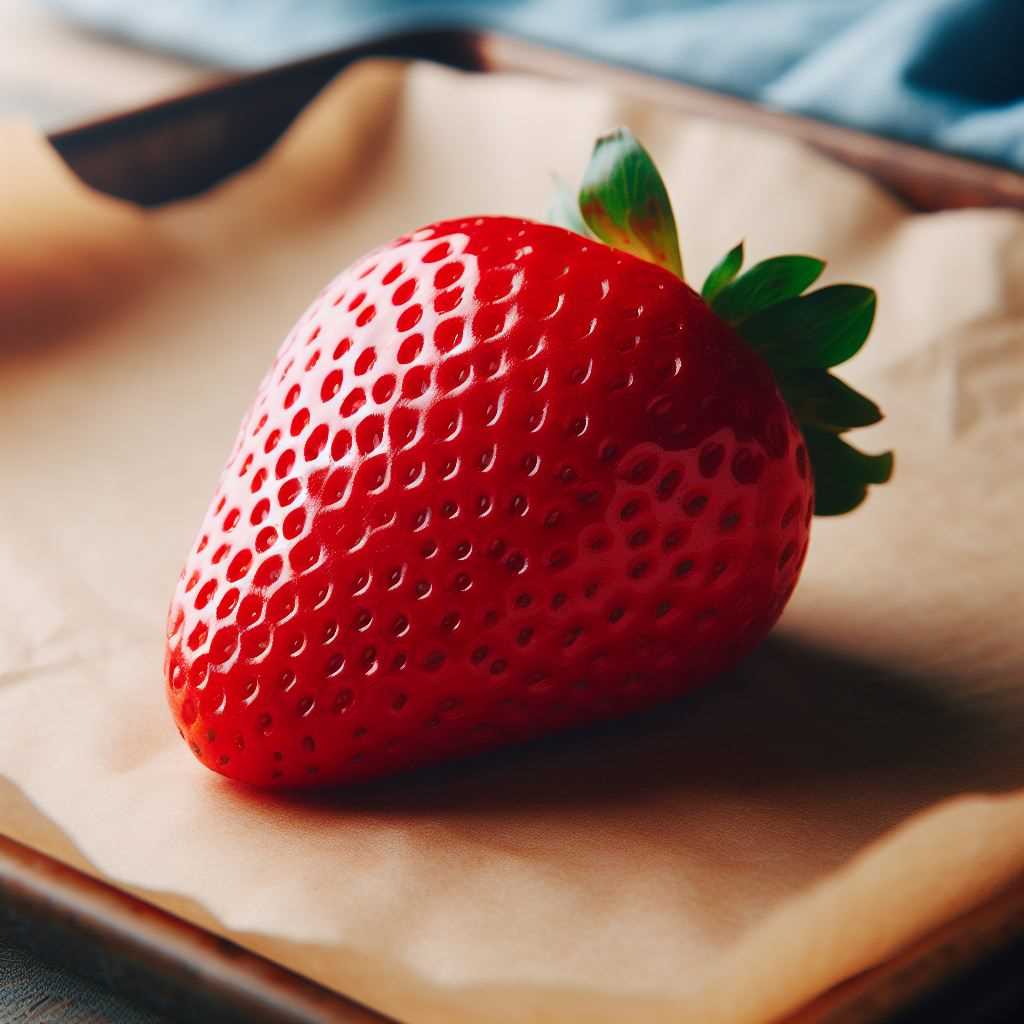Weird Fridge Hacks That Actually Work
Your fridge isn't just storage, it's a battleground against food waste. Learn particular tips for keeping produce fresher: pamper strawberries like royalty, chill nuts to prevent rancidity, make the bottom shelf your meat locker, and keep eggs safe in the main fridge (not the door).

In the heart of every kitchen lurks a silent sentinel, a bastion of freshness, a battleground against the forces of time and forgotten leftovers. Yes, my friends, I'm speaking of that mighty, humming appliance – the refrigerator. This unassuming box is no mere storage solution; it's an arena where a chef's culinary dreams can live or die.
Think of it as the Library of Alexandria for your perishables. But sadly, like that iconic institution, far too many foodstuffs meet an untimely end within these frosty confines. A perfectly good strawberry succumbs to its fuzzy grey doom, a hunk of cheese turns into a science experiment, and that vibrant green smoothie…well, let's just say it's best left undisturbed.




